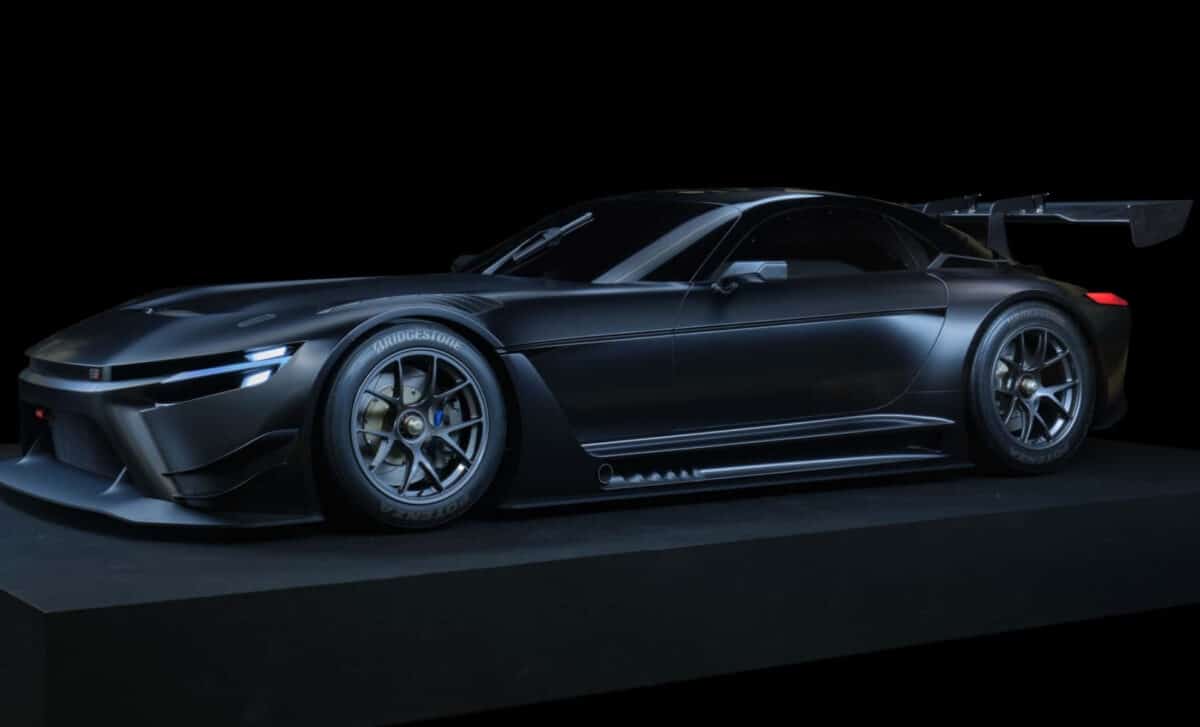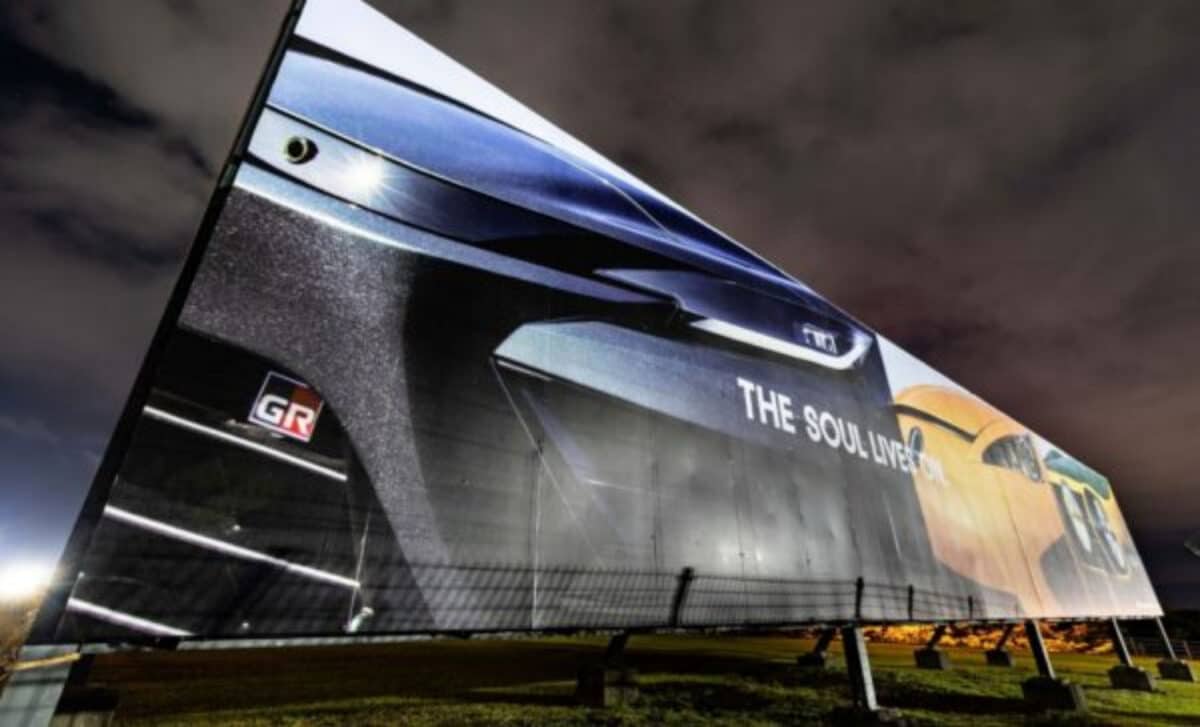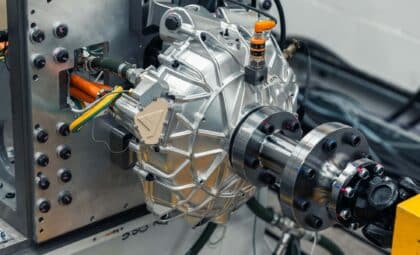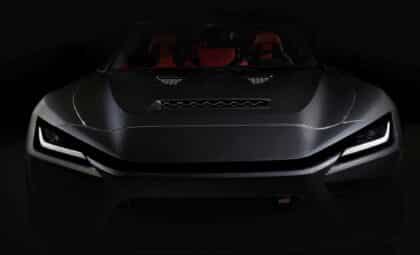The official reveal is scheduled for December 4, with a public debut expected at the Tokyo Auto Salon in January 2026. This marks Toyota’s third entry into the supercar segment, following the iconic 2000GT and Lexus LFA.
The vehicle, developed under the Gazoo Racing (GR) banner, is the culmination of a long-gestating project that began with the GR GT3 Concept introduced in early 2022. It is also the first time Toyota is combining a high-performance combustion engine with a hybrid system intended for production.
The teaser was released during a live event, in which Toyota played the engine sounds of the 2000GT’s inline-six, the LFA’s V10, and the new supercar. The final engine note, reportedly from the upcoming model, delivered a throaty tone consistent with V8 architecture. This confirms that the new flagship will retain a dramatic internal combustion character despite shifting toward hybridization.
Hybrid Performance Under the Toyota Nameplate
Toyota confirmed the car will carry the Toyota badge, dismissing prior speculation about a split branding strategy. On October 10, the company installed a large display at the Fuji Speedway, showing all three of its supercars—including the new one—with a visible GR logo, removing doubts about its identity. The countdown to launch is also hosted directly on the Toyota Gazoo Racing website.
Earlier rumors had suggested the race version would be a Toyota and the road car a Lexus, possibly named LFR. These assumptions have now been overtaken by official visuals and communications pointing to a unified Gazoo Racing model line.
According to Motor1, the new supercar is not a repurposed version of an existing Toyota or Lexus. Instead, it’s a purpose-built performance car meant to sit at the top of the GR portfolio, above the GR Yaris, GR Corolla, GR86, and GR Supra. The company also hinted at potential expansions, mentioning names like the Celica and MR2 as possible future GR candidates.
Electrification Signs Spotted During Development
Although Toyota has yet to confirm the powertrain details, testing prototypes spotted at the Nürburgring carried mandatory yellow high-voltage stickers, indicating the presence of a hybrid electric system. These labels are required in Germany for all high-voltage vehicles, especially in testing zones like the Nordschleife, where safety teams need to be aware of electric risks.
The hybrid drivetrain is likely paired with twin turbochargers, and the vehicle itself will feature carbon fiber body panels mounted on an aluminum chassis, a configuration aimed at reducing mass and enhancing rigidity. This approach confirms the car’s clean-sheet engineering, breaking away from previous electrified concepts that never reached production.
Toyota has long teased electrified performance, but until now, none of those ideas have materialized into road-legal vehicles. This upcoming model, therefore, represents a technical and symbolic milestone in the company’s shift toward performance hybrids.

Toyota’s Third Supercar Aims to Build on a Rare Legacy
The new model becomes only the third supercar in Toyota’s history, following the 2000GT in the late 1960s and the Lexus LFA, produced between 2010 and 2012. These models, especially the LFA, are widely regarded as engineering showcases that cemented Toyota’s capabilities in the high-performance space.
As reported by Motor1, development began almost four years ago, and the final result is expected to reflect both Toyota’s motorsport heritage and its current direction in sustainable mobility. The design and engineering team working under Gazoo Racing appears to have pursued a race-first philosophy, using the GR GT3 Concept as a development foundation.
While the company remains secretive about performance figures and pricing, the presence of a new 2.0-liter turbocharged four-cylinder engine in parallel development for other GR applications signals a broader strategy. Toyota may be laying the groundwork for a full lineup of track-inspired hybrid performance vehicles in the coming years.









